
In Paris, Raving Out of Lockdown | Fashion Show Review, Opinion
[ad_1]
“Resist the blandness of the sleeping masses” shouted a garishly dressed punk rock band before a pogoing crowd in Walter Van Beirendonck’s “Neon Shadow” video, pretty much summing up the energy at the Paris men’s fashion week that closed today: a wildly hedonistic, riotously liberated affair high on neon colours, crazy shapes, glimpses of skin and the long repressed desire for gatherings and trippy connections in out-of-the-ordinary clothing.
“Rave” was the byword, so much so that at times what one saw in largely digital form looked like a dizzying paragraph from Rainald Goetz’s seminal novel by the same name. Although fiercely apart from mainstream fashion, Van Berendonck needs to be mentioned first because with his theatrical, colour-drenched, post-human world, he has always inhabited this territory, where definitions of masculinity are constantly twisted and blurred, notions of good and bad taste do not apply and fashion is wildly playful.
This season, Van Beirendonck’s influence was apparent across the spectrum of fashion land. One could definitely feel it at Louis Vuitton, although it was not as literal as what we saw one year ago with the infamous teddy bear incident. Over the last couple of seasons, Vuitton’s men’s creative director Virgil Abloh has found his own timbre and tone of voice — the addition of stylist Ib Kamara to the team was a smart move — and this resulted in Abloh’s most accomplished and compelling collection to date. What stood out was the use of colour, the intersection of tailoring and tracksuits, the psychedelia of checkerboards and the skirts that looked solemn more than feminine.
Louis Vuitton Spring/Summer 2022. Courtesy.
All of it was mingled into one striking jumble that, as usual, Abloh served with a brainy rationale that sounded plausible more than pretentious. By referencing the sample culture of hip hop, Abloh put the whole debate on originality and copy into the right perspective, implicitly stating that the DJ mentality — which creates meaning in the assemblage of already existing stuff — is the one that dominates contemporary fashion, a place where styling, essentially DJing with clothing, has finally replaced design.
But there are still places where old-school design matters. Loewe is one, thanks to creative director Jonathan Anderson. There was a pagan, feisty brand of liberated energy to this season’s outing that was best captured in the kitschy, sequined disco ensembles, in the draped tops like giant deconstructed neckties and in the parkas, jumpers and tunics with large portholes showing glimpses of skin or underlayers of colour. This is the kind of wardrobe one imagines stuffed into the glittery suitcase of an Ibiza party-goer or in the closet of a Liquid Sky extra.
The format Anderson chose was another testament to an original mind at work. The perimeter of the collection, in fact, was contained between a book on painter Florian Krewer, whose hedonist and escapist nightscapes and personal photos sparked Anderson’s design process, and a volume containing the trippy, layered, palimpsestic pictures taken by David Sims to document the collection on a gang of street-cast guys of all shapes and ages. It was like seeing the beginning and the end of the whole creative path, with an added plus. With the ongoing dialogue between art and fashion generally translated solely into the souvenir-like mandatory print, it was refreshing not to see a single Krewer painting simply transferred onto the clothing. Here, the art reference was all about the mindset.
Equally feisty was Anderson’s latest outing at his eponymous label JW Anderson, where the goings took an exciting and derailed stay-at-home feel, conveying mind-warped altered states of domesticity complete with beaded curtain dresses and blend-with-the-wallpaper attitude.
Elsewhere, the hedonistic strain materialised mostly as bright colours and energetic hues. There were acidic pastels in shiny fabrics and loose shapes in Dries Van Noten’s captivating ode to Antwerp. By toying with the kitsch idea of the city souvenir, and by consciously opting for an all-encompassing jumble in place of a tight edit — the collection featured a mix of everything, from menswear to womenswear, from generous outerwear to tailoring to sportswear — Van Noten offered wearers an open invitation to this world, allowing everyone to find their own personal mix.
The bright pops of shine and the mix of sharply tailored items and sportswear was striking at Dunhill, where Mark Weston explored a bunch of archetypes, dissected them and put them back together in another order, never forgetting about elegance, one of the most neglected qualities in contemporary fashion.
Gmbh Spring/Summer 2022. Courtesy.
Apart from the longing to escape, playfulness and hedonism can also be unexpected conduits for deeper thoughts. It was the case for GmbH’s terrific outing, conceived as a reversed safari tour of sorts. Taking their clue from the traditional custom, in western fashion, of basing entire collections on exotic trips, designers Serhat Isik and Benjamin Huseby took their own trip into tropes of whiteness, in particular posh elegance and country club snobbery, and deconstructed them into a punch of a collection that was as camp and fun as it was compelling, not least because all the deconstruction applied to a feminine wardrobe, which was reconfigured into a new vision of machismo.
At Rick Owens, abandon and thoughtfulness mixed in an eerily serene vision of hedonism complete with portable fog machines for the party goer on the run. In fact, there was also a darker streak to the season’s vitality. It came in the shadow plays and surrealistic applications over the slouchy forms and sea of black of Yohji Yamamoto, fashion’s everlasting punk poet, as well as in the tribalistic, ubermensch innuendo of Burberry, where creative director Riccardo Tisci managed to grasp back the cool factor of his Givenchy heyday. Of course, back then, it was all very original, while today it came with a formulaic feel that can look a bit forced for Burberry. But what it lacked in originality, it gained in straightforwardness. After missteps, Tisci has perhaps found his path with the revered British brand, and it will be interesting to witness where it leads.
Y/Project Spring/Summer 2022. Courtesy.
Amidst all this welcomed and welcoming chaos, straightforwardness affirmed its refreshing powers, too, taking forms as different as Hed Meyner’s abstract, voluminous take on functional pieces meant as wearable architecture, Nicolas di Felice’s streamlined minimalism with glimpses of the skin for Courrèges and Homme Plissé Issey Miyake’s poetic focus on modular clothing that frees the movements. Glenn Martens’ design approach at Y/Project is straightforward, too, albeit highly and inventively twisted. By allowing the wearer to interact with his garments and adapt them in multiple ways, Martens hit the pulsating nerve of the “me generation” and scored. This new outing was particularly spot on, streamlined and piercing, and featured a collaboration with Fila that was full of interesting pieces.
Clarity of design, which is just another expression of straightforwardness, looked particularly exciting at Hermès, where Véronique Nichanian delivered a supremely airy, featherweight collection strong on natural colours, faint nautical hints and the supplest suede turned into shirts. It was a joy to behold: a vision of pure serenity. At Jil Sander, clarity got an electrifying bolt of freedom and boldness in a mix of codes — work and leisure, day and night — that felt fresh and invigorated the usually stern Jil Sander lexicon with a frisson of rebellion. Lucie and Luke Meier continue to expand the scope of the brand, and it is always interesting to see where their thought process goes.
Dior Spring/Summer 2022. Courtesy.
There was a certain solemnity and starkness to the elongated tailoring at Dior, where creative director Kim Jones actively involved superstar musician Travis Scott in a creative dialogue that basically transformed Scott’s look into a Dior look, complete with one-of-a-kind George Condo shirts. It was an interesting experiment in both creative collaboration and fashion as entertainment, which nonetheless came with a certain coldness of expression. Jones is very passionate about his own passions, and his intuitions are always spot on. It’s the translation into product and collection that feels somehow manufactured, losing authenticity along the way. That is one of the conundrums of contemporary fashion: where big groups are concerned, money-making comes before creativity, and in some way kills it.
This is why the extra long and extra slow but oh-so-entertaining movie that Thom Browne produced felt so relieving. Focusing on an athlete in training, and implicitly comparing physical discipline with creative discipline, the movie came across as a manifesto of sorts: a testament to stubborness and sheer dedication to creative ideas, no matter the prevailing trends.
[ad_2]
Source link
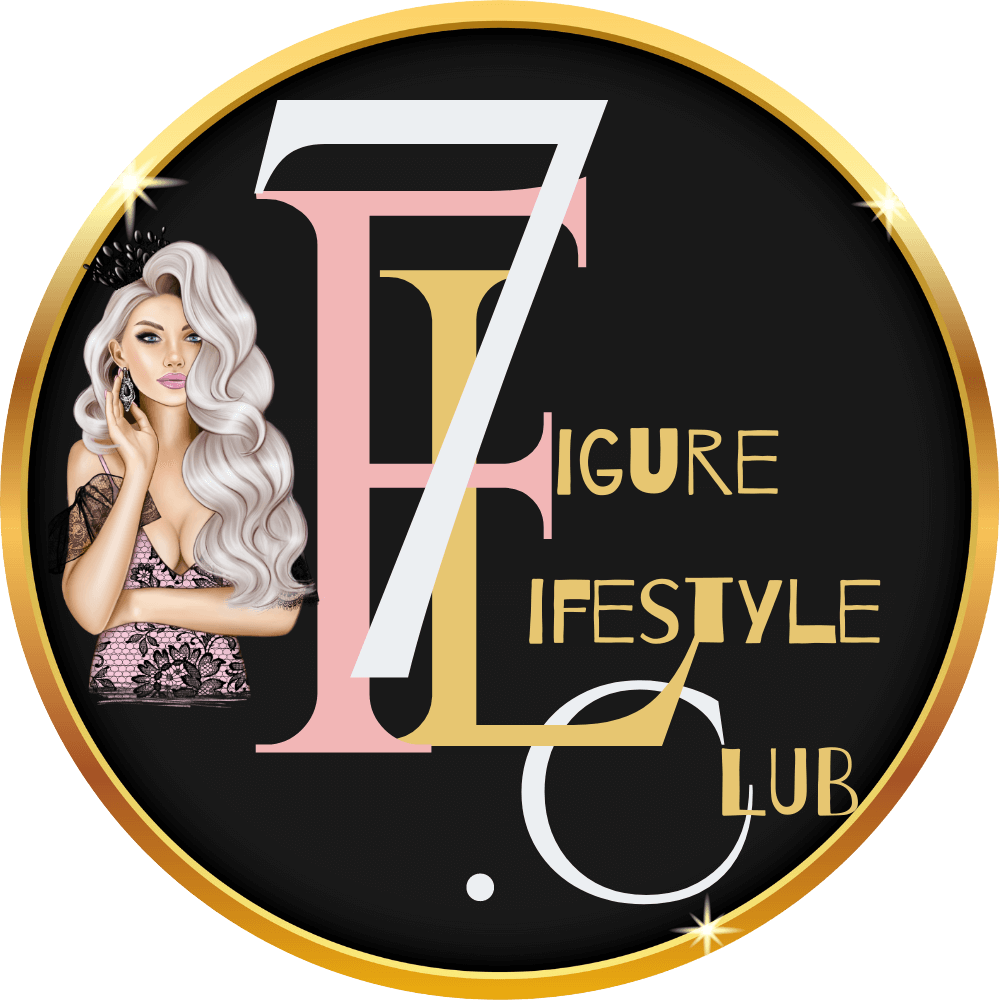
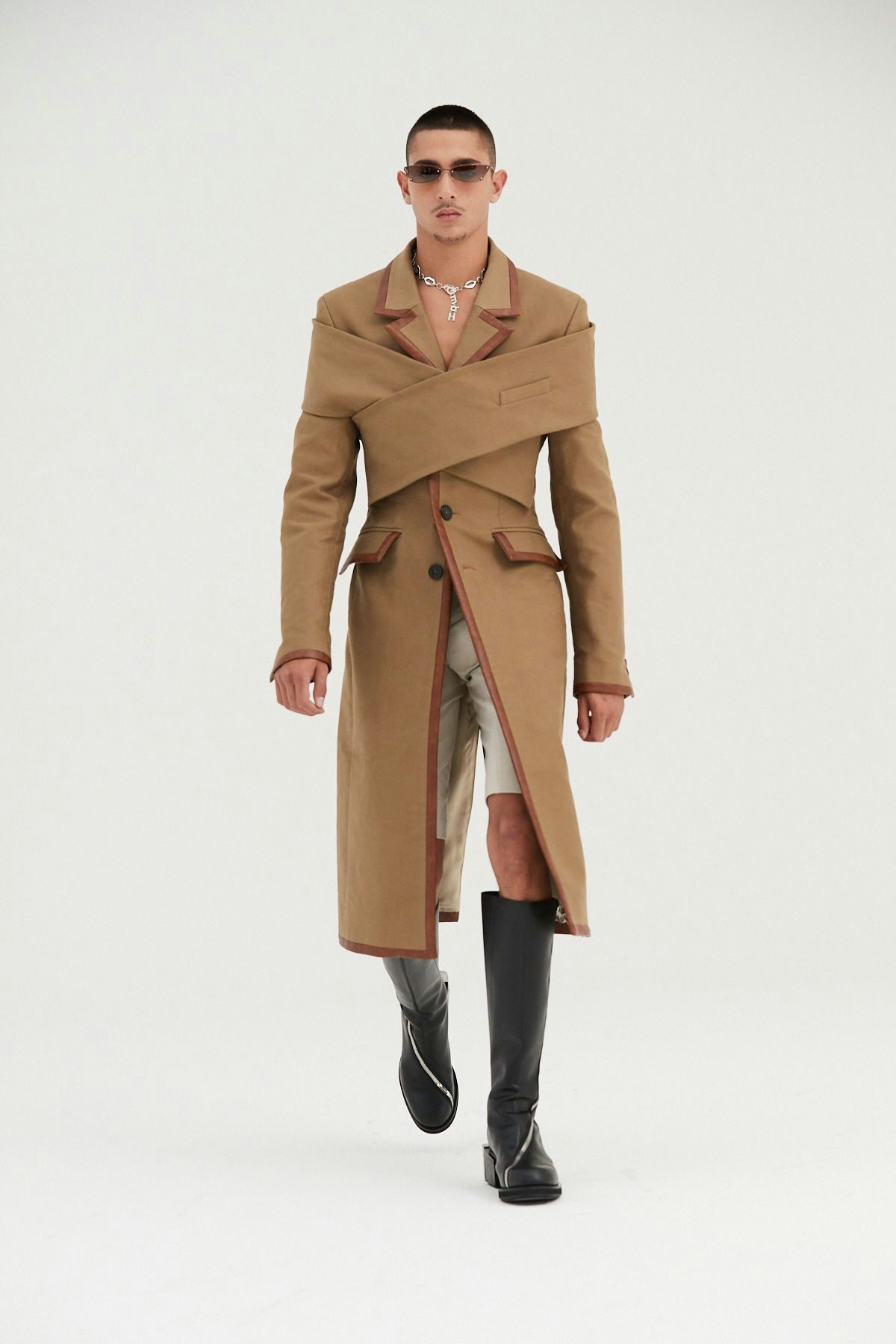
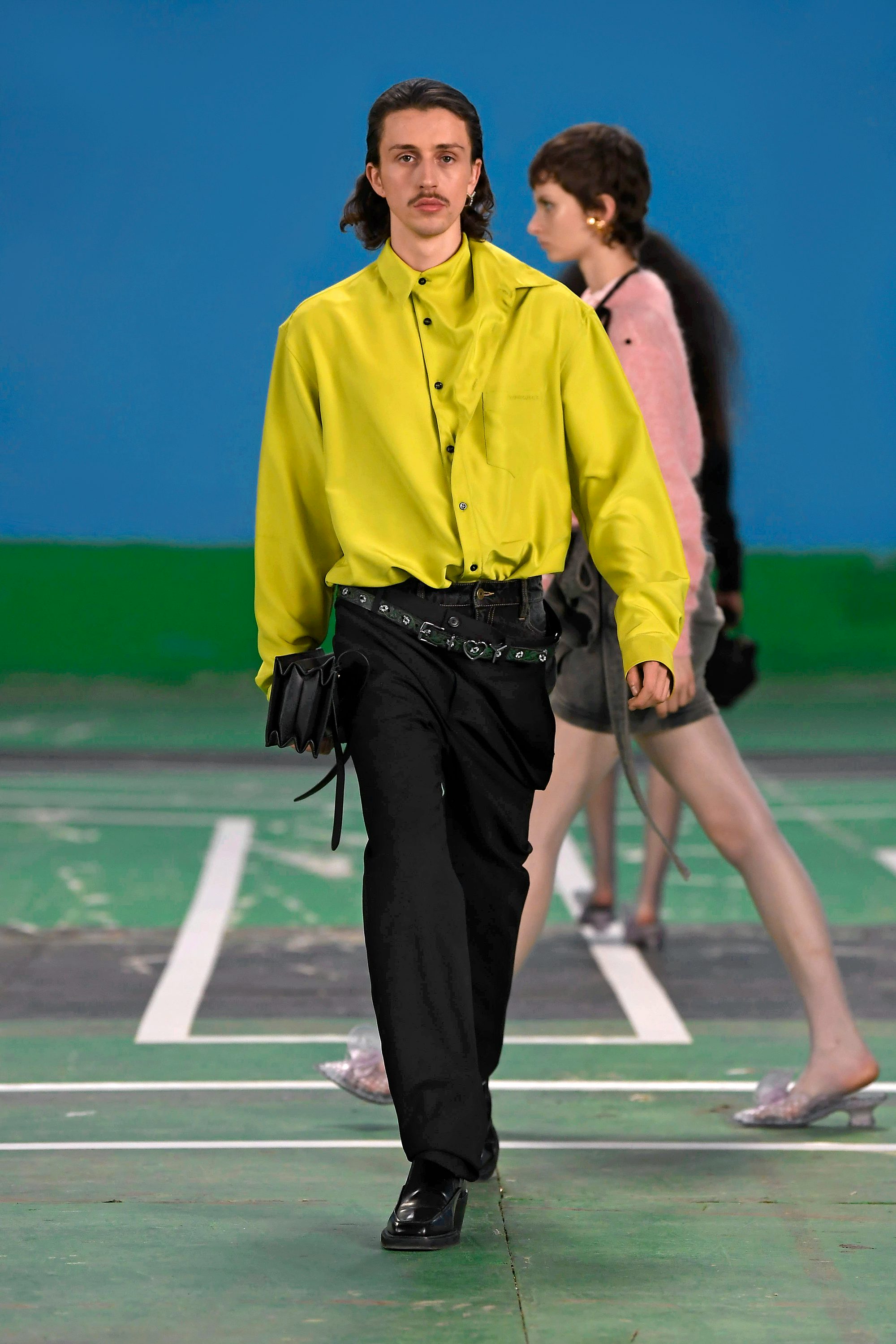
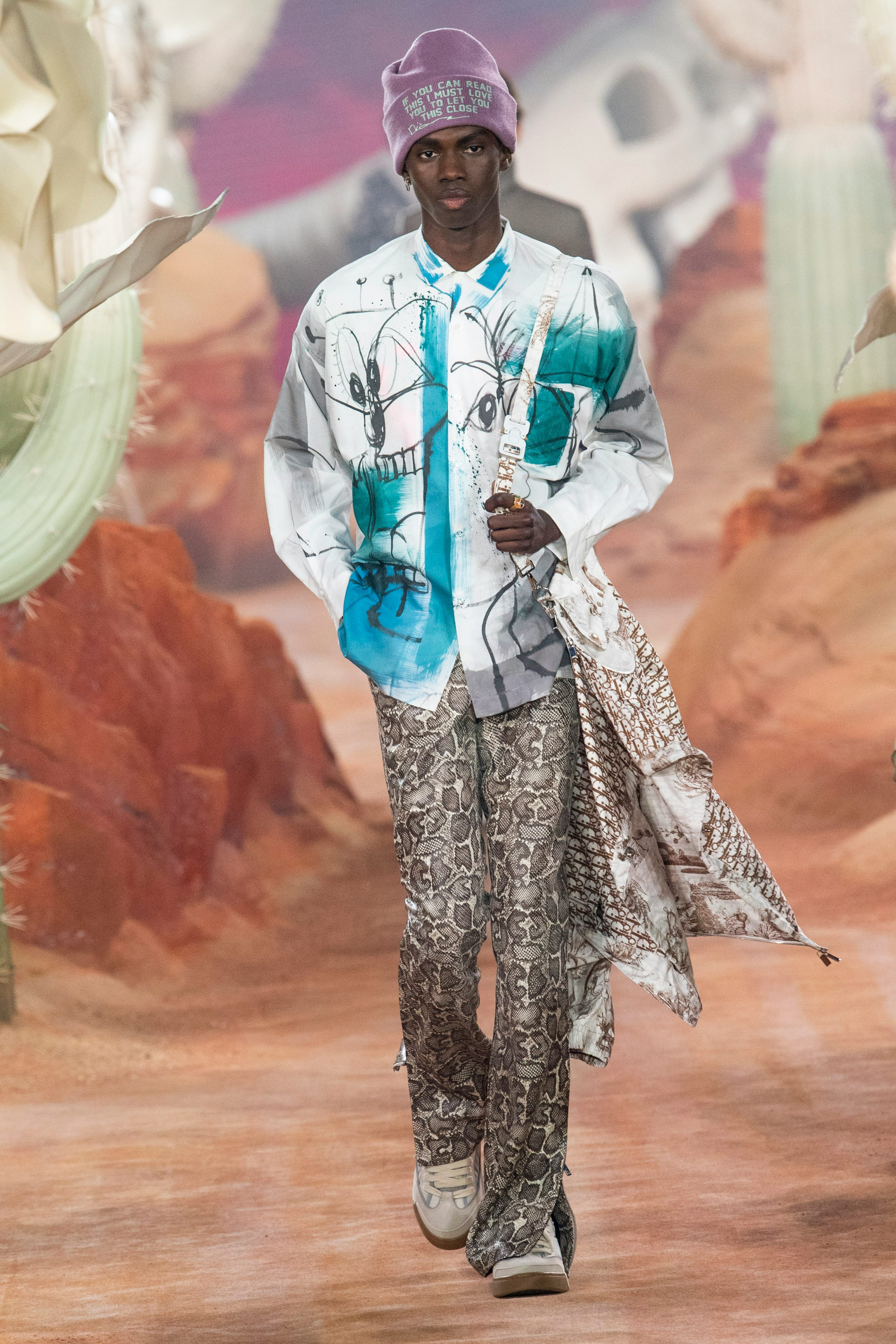


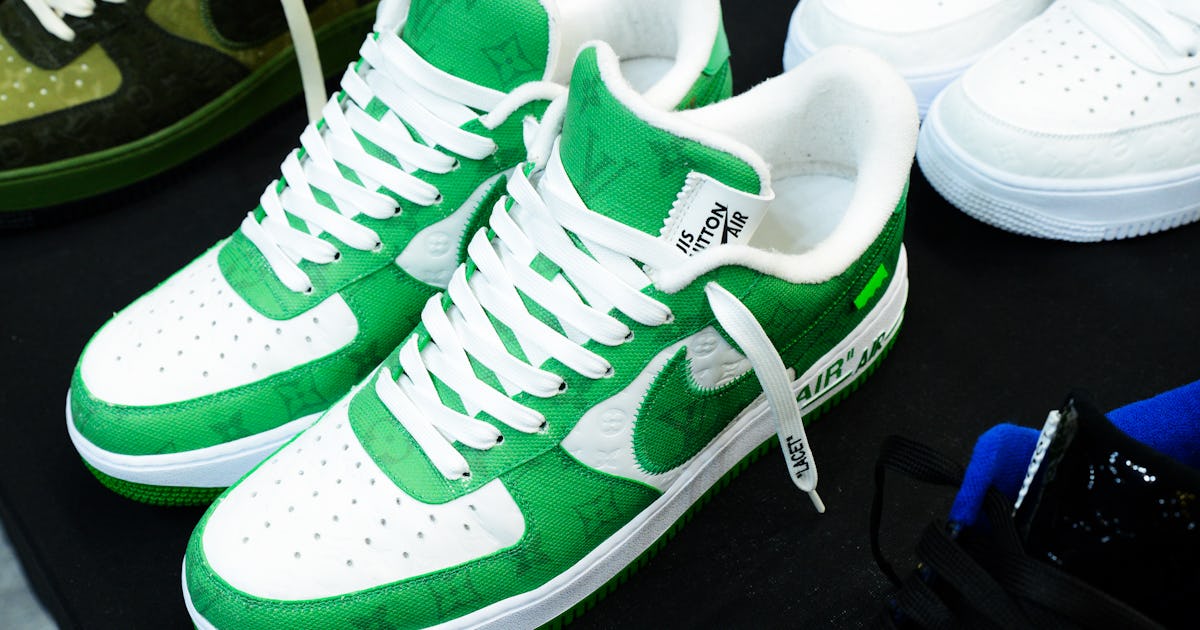
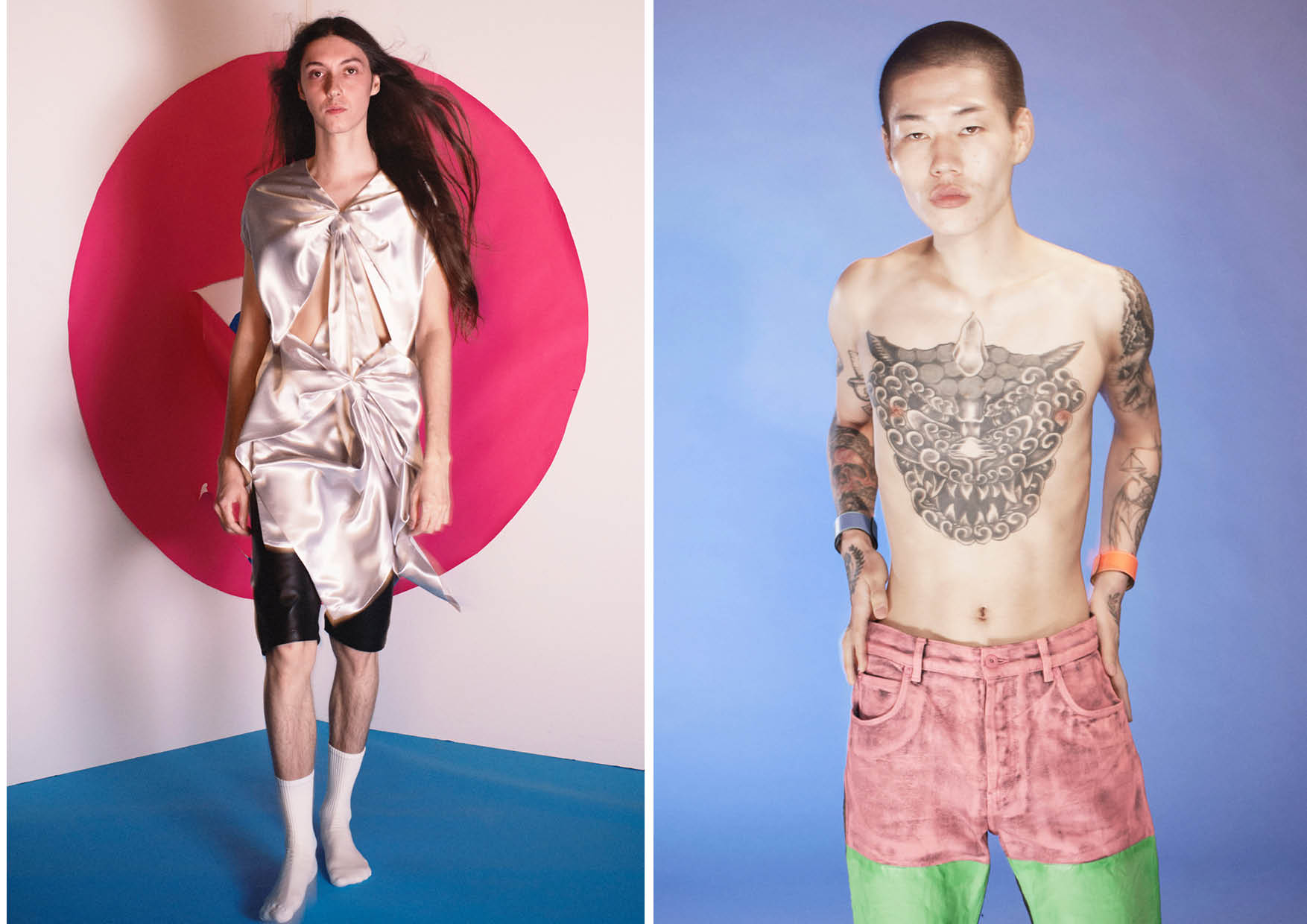
 We use cookies to optimize our website and our service.
We use cookies to optimize our website and our service. 

Responses